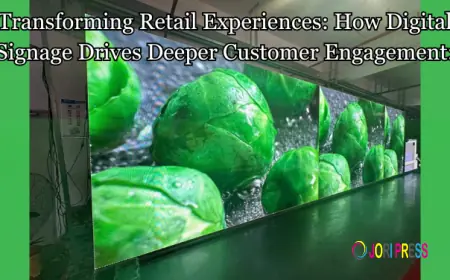3D Modeling Mesh: The Backbone of Digital Realism in Architecture and Engineering
In the quick-paced age of 3D visualization today, nothing brings reality and the world of the digital closer together quite like a 3D mesh model. From architecture, to industrial design, to the preservation of cultural heritage, mesh modeling has become a quiet but integral component of the digital bundle—especially where precision and realism are a priority.
But to many outside of the industry, mesh 3D modeling might appear to be a black box—technical, complicated, and somewhat mysterious. Let's take it apart, deconstruct the mystery, and see how professionals use 3D model mesh to design spaces, structures, and objects in digital space.
What Is a 3D Mesh Model?
Essentially, a 3D mesh model is an electronic entity made up of thousands—sometimes millions—of individual polygons (usually triangles or quads) that establish the shape and surface of the entity. The small faces, when assembled, create the form, contours, and detail of any 3D entity, whether it's an ancient cathedral or equipment in a refinery.
Think of it as a virtual sculpture: while CAD models are constructed using clean, parametric lines and math rules, 3D modeling mesh is all about texture, complexity, and realism. The tighter the mesh, the closer to reality the object is.
the object is.
Where Do Mesh Models Come From?
Mesh models can be manually created by 3D artists, but in AEC and industry use, they are typically derived from reality—swept with 3D laser scanners, photogrammetry, or LiDAR systems. These systems collect millions of points of spatial data, which are processed into a raw point cloud. That cloud is converted into a 3D mesh model, building the digital twin of the real world.
Three-dimensional modeling and scanning businesses such as 3Deling specialize in performing this task, coupling high-definition scan work with expert post-processing to design mesh models that are not only accurate but optimized to use in Revit, Unity, Unreal Engine, or whatever platform.
Mesh 3D Modeling in Action: Real-World Applications
1. Architecture & Cultural Heritage
Mesh modeling is often used to document and store historic buildings, where every crack, curve, and texture tells a story to be revealed. For restoration, a 3D model mesh offers a precise, photorealistic foundation for architects and conservators to build on—sometimes with greater accuracy than traditional drawings.
2. Industrial & Plant Design
In manufacturing and industrial environments, mesh models allow engineers to view equipment layout, detect space collisions, and model upgrades. Especially in older or highly complex plants, a 3D model mesh allows for precise documentation of valves, pipes, and machinery—no estimates needed.
3. Game Development & Virtual Reality
Outside of the real world, mesh models spring to life in game and VR, where artists create their immersive fantasy worlds or scanned copies of real places. Real scale of detail is recorded, hence making mesh 3D modeling a versatile tool for immersive storytelling.
Why Mesh Models Matter in Engineering and Design
One of the strongest advantages of mesh models is that they capture everything—not just windows or walls on a building, but also rough surfaces, anomalies, and texture that regular CAD can't replicate convincingly. That's why designers use mesh models for:
Clash detection
Visualization & simulation
Surface analysis
Reverse engineering
Presentation to stakeholders
When the real world is not contained in neat boxes or lines, a 3D modeling mesh adds the elegance and complexity needed to operate effectively and accurately.
Limitations to Be Aware Of
While mesh models are stunning for detail, they can be too bulky for all phases of a project. The sizes can be enormous, and it's much more challenging to edit as opposed to the parametric BIM models. That's why mesh models are utilized along with other modeling techniques—starting with mesh models to document the project, and then moving to Revit or AutoCAD to further elaborate on the details.
This hybrid pipeline is exactly what 3Deling and other cutting-edge 3D modeling firms deliver: accurate mesh models cleaned, decimated, and preformatted for seamless integration into downstream applications.
Mesh Models and the Future of Digital Twins
With the growing popularity of digital twins—computer replicas of physical objects used for monitoring and controlling real-time data—3D mesh models are playing a pivotal role. Because the latter can create photographically exposed visualizations of physical reality, they are particularly useful for facilities management, security monitoring, and remote inspection.
Final Thoughts
The mesh-based 3D technology, whether you are remaking a historic building, industrial retrofit, or VR design, mesh 3D modeling is no longer a technology frontier-now it is the heart and soul of what we know and see of our built world. As scanning technology advances and software platforms take new forms, so will the role of the 3D modeling mesh.
When professionals want the best and want easy-to-use, reliable mesh results, they call a company such as 3Deling so they know they are getting more than a file, they are getting the base on which to build a better design, communicate better, and make decisions with more confidence.
What's Your Reaction?
 Like
0
Like
0
 Dislike
0
Dislike
0
 Love
0
Love
0
 Funny
0
Funny
0
 Angry
0
Angry
0
 Sad
0
Sad
0
 Wow
0
Wow
0


















































